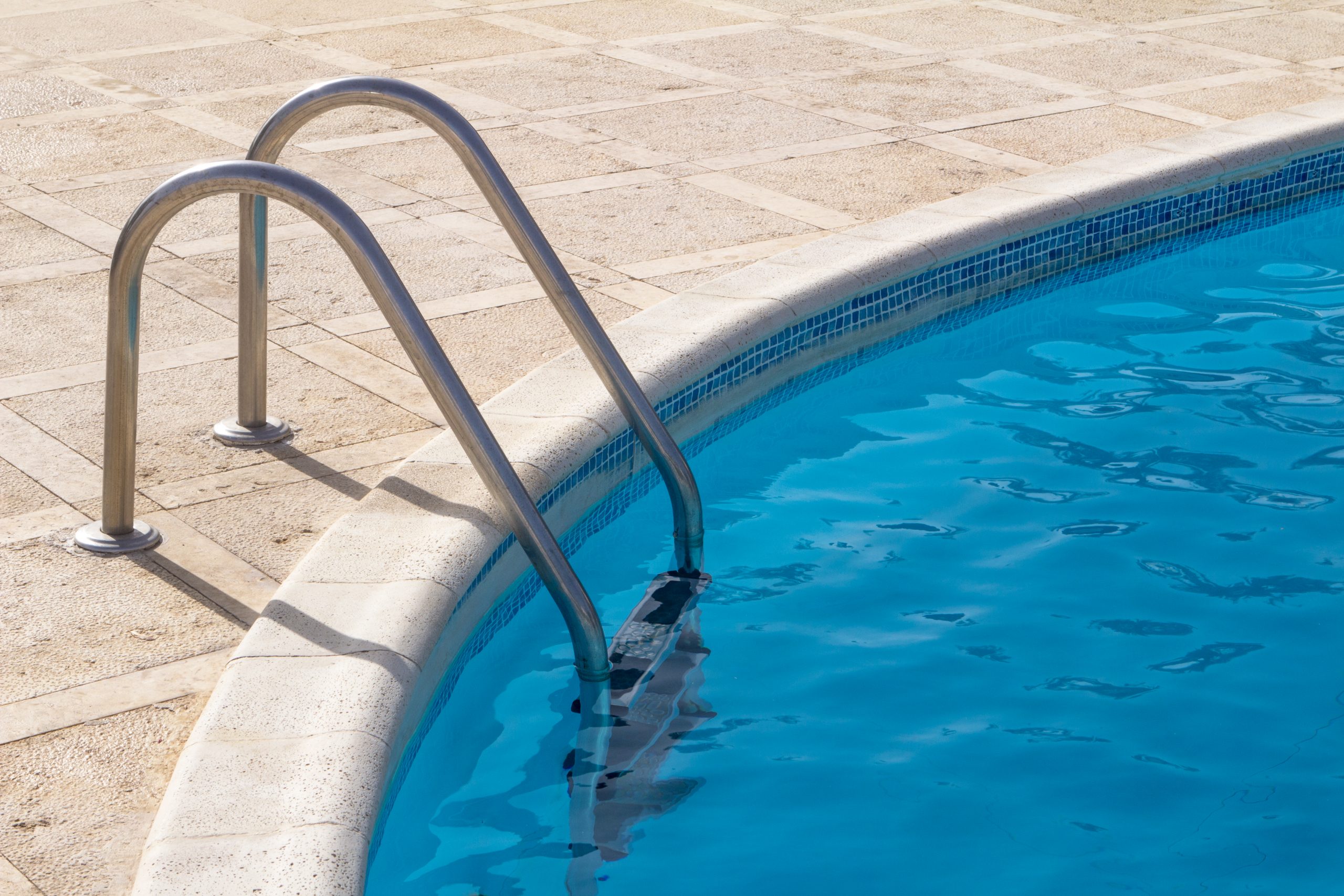A sequestering agent, also known as a chelating agent, is a chemical used in swimming pools to control the levels of metal ions, such as iron, copper, and manganese, in the water. These metals can enter the pool water from various sources, such as the water source, pool equipment, or even from swimmers themselves.
If left untreated, high levels of metal ions can cause several issues in a swimming pool, including:
- Staining
Metal ions can cause discoloration and staining on pool surfaces, including the walls, floors, and even swimwear. - Scaling
Metal ions can also cause scaling, which is the buildup of mineral deposits on pool surfaces and equipment. - Poor Water Quality
High levels of metal ions can affect the water’s pH balance. This can reduce the effectiveness of sanitizers, leading to poor water quality.
Sequestering agents work by binding to metal ions and keeping them in solution. This prevents the ions from reacting with other chemicals in the water and causing staining, scaling, and other issues. The sequestering agent forms a complex with the metal ions, which allows the metal ions to remain in the water without causing any problems.
Sequestering agents are available in different forms, including liquids and granules, and can be added directly to the pool water. The amount of sequestering agent needed depends on the level of metal ions present in the water, which can be tested using a metal test kit.
It’s important to note that sequestering agents do not remove metal ions from the water, but only keep them in solution. Therefore, it’s important to regularly test the water and add more sequestering agent as needed to maintain proper levels.
In summary, a sequestering agent is used in swimming pools to control the levels of metal ions in the water. Sequestering agents prevent staining, scaling, and other issues. By binding to metal ions and keeping them in solution, sequestering agents help maintain a healthy and safe swimming environment.

